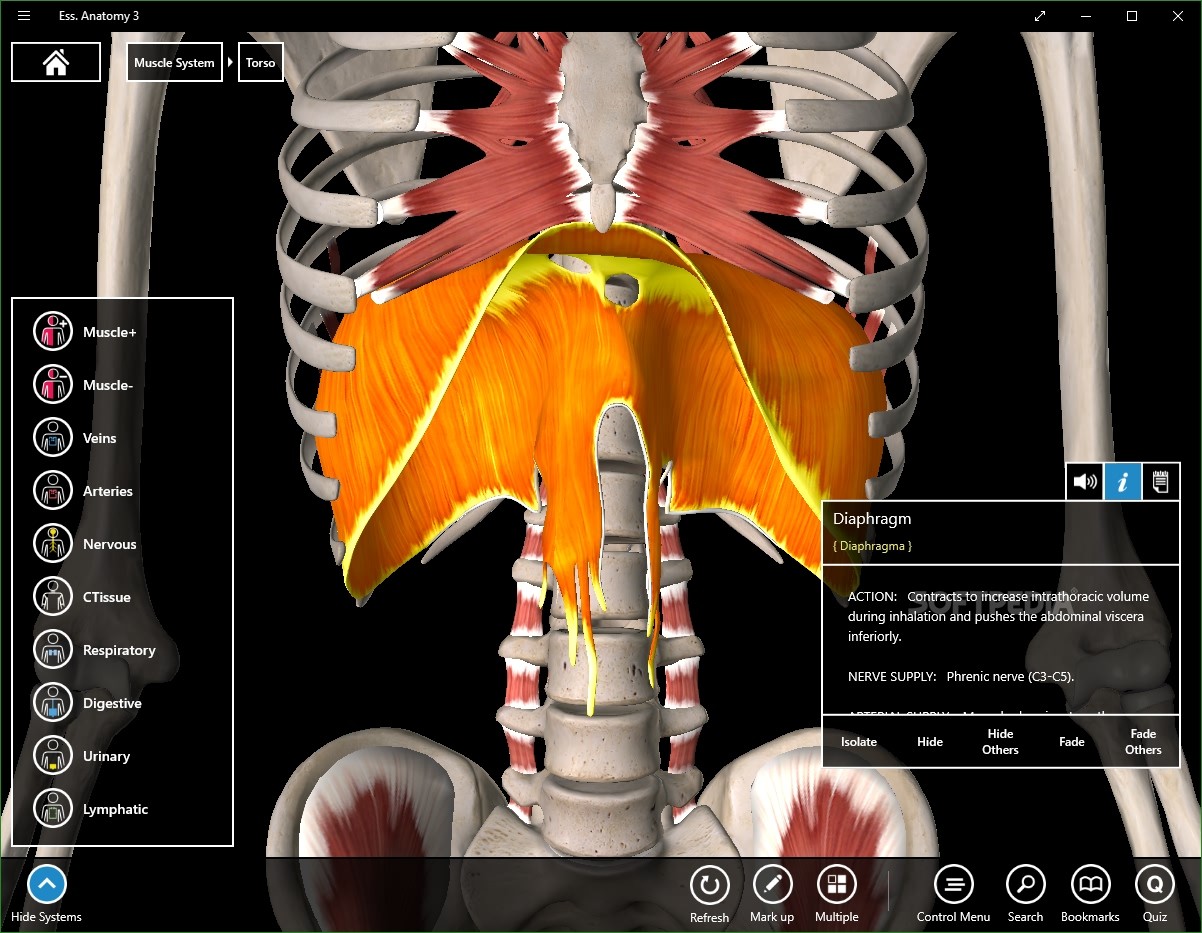

Ĭlinical decisions, especially in the pediatric population regarding the investigation and management, are based on the results of temperature measurement alone. Body temperature is regulated in the hypothalamus in a narrow thermodynamic range and maintained to optimize the synaptic transmission of biochemical reactions. The human body temperature typically ranges from 36.5 to 37.5 degrees centigrade (97.7 to 99.5 degrees Fahrenheit. The normal body temperature for a healthy adult is approximately 98.6 degrees Fahrenheit/37.0 degrees centigrade. īody temperature is a variable, which is complex as well as nonlinear and is affected by many sources of internal and external variables. The weighted average score deduced from the vital sign measurements (i.e., an early warning score) is used to determine the timing of the next observation sets. There is variability between institutes within and across nations depending on the acuity of clinical condition, any active intervention carried out, the amount of staff availability, cost issues, organizational practices, and leadership styles. It seems intuitive that the higher the frequency of vital sign measurement, the faster the chances of clinical deterioration are detected. Early warning score (EWS) tools, mostly using vital sign abnormalities, are critical in predicting cardiac arrest and death within 48 hours of measurement, even though the effect on in-hospital health outcomes and utilization of resources remains unknown. In a case-control study conducted by Rothschild and colleagues, early warning criterion among patients on the medical floor, the presence of respiratory rate over 35/min (OR=31.1) was most strongly associated with a life-threatening adverse event. Vital signs assessment currently uses electronic equipment, but there is evidence that, outside of the intensive care units, respiratory rate assessment through observation, leading to insufficient, subjective, and unreliable results. The early detection of changes in vital signs typically correlates with faster detection of changes in the cardiopulmonary status of the patient as well as up-gradation of the level of service if needed. Patient safety is a fundamental concern in any health care organization, and early detection of any clinical deterioration is of paramount importance whether the patient is in the emergency department or on the hospital floor. This approach is being abandoned due to the unintended opioid crisis that the country is currently facing. In the past, some health care systems in the United States had used "pain as the fifth vital sign'. The inclusion of smoking status has the premise that the patient will be provided counseling by the provider on quitting smoking. Pulse oximetry sometimes helps to clarify the patient's physiological functions, which would sometimes be unclear by checking just the traditional vital signs. Even though there are a variety of parameters that may be useful along with the traditional four vital sign parameters, studies have only found pulse oximetry and smoking status to have significance in patient outcomes. Traditionally, the vital signs consist of temperature, pulse rate, blood pressure, and respiratory rate.

The degree of vital sign abnormalities may also predict the long-term patient health outcomes, return emergency department visits, and frequency of readmission to hospitals, and utilization of healthcare resources. If we use a triage method where we select patients without determining their vital signs, it may not give us a reflection of the urgency of the patient's presentation. Healthcare providers must understand the various physiologic and pathologic processes affecting these sets of measurements and their proper interpretation.

Triage of patients in an urgent/prompt care or an emergency department is based on their vital signs as it tells the physician the degree of derangement that is happening from the baseline. The first set of clinical examinations is an evaluation of the vital signs of the patient. They have the name "vital" as their measurement and assessment is the critical first step for any clinical evaluation. Vital signs are an objective measurement of the essential physiological functions of a living organism.


 0 kommentar(er)
0 kommentar(er)
